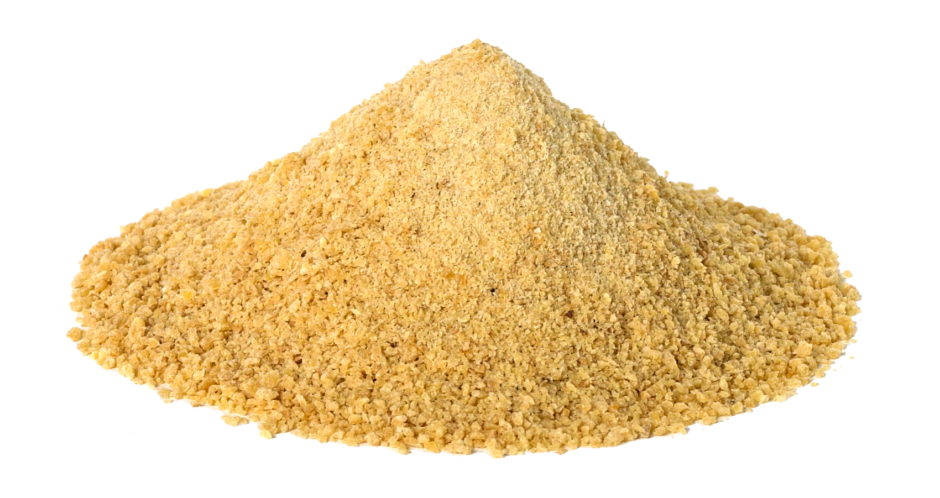Overcoming Inflating Ingredients Prices

As Global Product Director of Insta-Pro International, I am always tracking costs of equipment and ingredients all over the world. Currently, many markets are facing the issue of rising costs of feeding animals such as those in the swine industry. In recent years, we have witnessed a significant increase in cost of corn and soybeans, as well as many other ingredients. This poses a challenge for swine producers and integrators, but there are viable options to consider when looking to mitigate these challenges.
One option that many businesses may consider first is to explore cheaper alternatives to corn, soybeans, and soybean meal. Finding cost-effective substitutes can help alleviate the financial burden but may also greatly impact the performance and wellbeing of the animals.
However, another option is to enhance the utilization of other ingredients through heat treatment such as high shear dry extrusion. As we have shown extensively at Insta-Pro, using extruded corn and soybeans, this can significantly improve the nutritional value and digestibility of feed.
Back in the 1990s, Kansas State University (KSU) conducted groundbreaking research on the extrusion of other grains and soybeans for swine nutrition. Allow me to share some of their notable findings that are still relevant to this day:
In the KSU Swine Day reports of 1990 and 1991, it was demonstrated that high-shear dry extrusion of sorghum and soybeans led to improved growth performance and nutrient digestibility in finishing pigs. Compared to a control diet based on ground sorghum, soybean meal, and soy oil, the extruded diets showed a 5%-20% increase in growth performance.
The 1992 KSU Swine Day report further supported the benefits of extrusion. It concluded that high-shear dry extrusion improved the nutritional value of corn, sorghum, wheat, and barley in diets for finishing pigs. The report highlighted that diets with corn resulted in greater average daily gain (ADG) and improved efficiency of gain, while barley-based diets showed the lowest performance. However, extrusion enhanced feed efficiency by 4% for corn, 9% for sorghum, 6% for wheat, and 3% for barley. Moreover, the digestibility of dry matter and nitrogen closely mirrored differences in feed efficiency.
In a separate trial involving lactating sows, KSU researchers found that sows fed extruded ingredients tended to have higher piglet survival rates and heavier litters, with decreased average daily feed intake compared to those on control diets.
As suggested by KSU during the 1990s, it is important to weigh the advantages of extrusion against the additional cost involved. It’s reasonable to conclude that enhancing the nutritional value, digestibility, and overall pig performance through extrusion is a justifiable investment in today’s market. By adopting this approach, swine producers can increase profitability and achieve better results in the face of rising ingredient costs. This important research still holds true 30 years later, and high-shear dry extrusion still shows increase performance versus non-extruded methods.
At Insta-Pro International, we are committed to providing innovative solutions that empower the swine industry to overcome challenges and optimize performance. Together, we can navigate the challenges of today’s landscape and ensure sustainable and profitable operations for swine producers worldwide.



